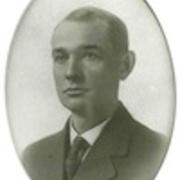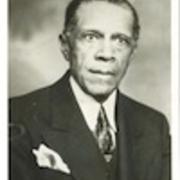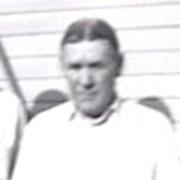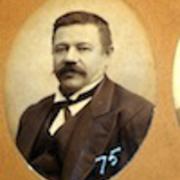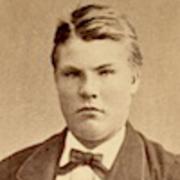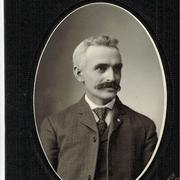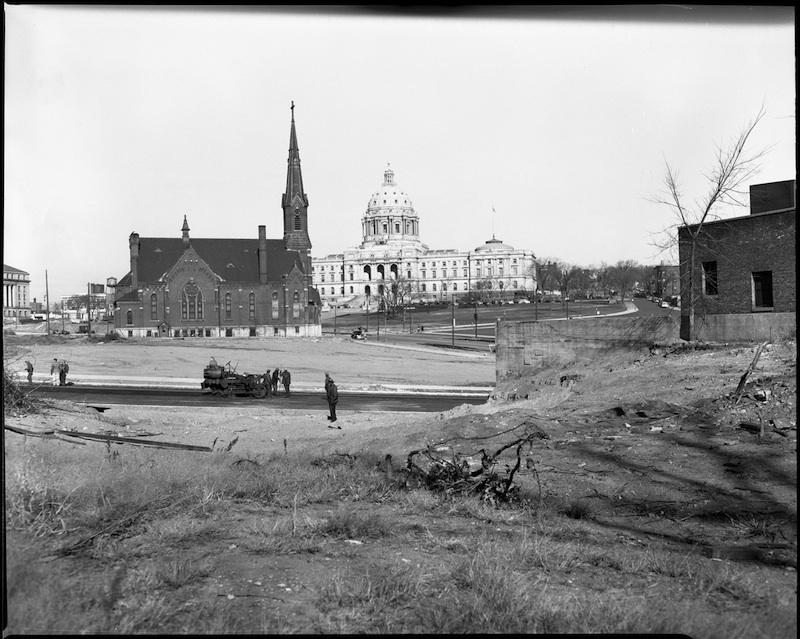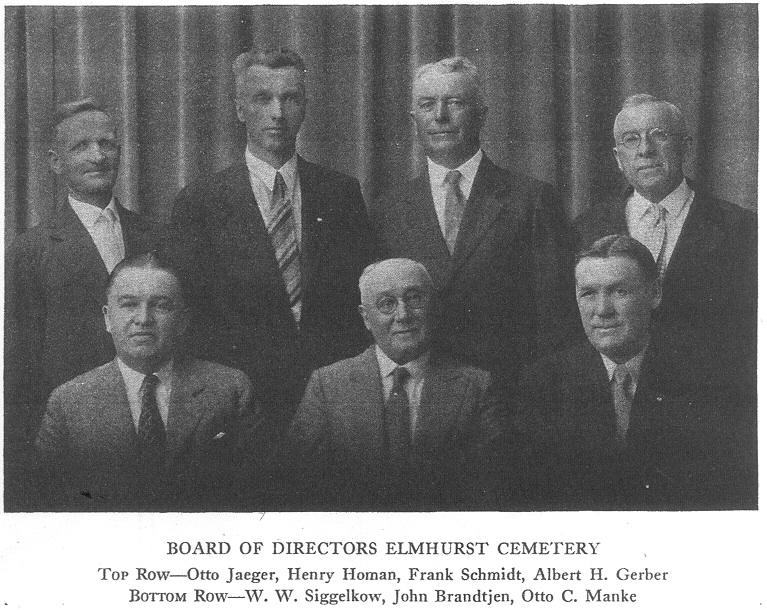
Trinity Lutheran Church
Trinity Lutheran Church had its beginnings in the 1854 formation of the Scandinavian Evangelical Lutheran Congregation of St. Paul. The Norwegian settlers were, however, always a small minority in that largely Swedish congregation, which was always served by Swedish clergy. Since most of the congregation's communications occurred in Swedish, language became an ever greater issue for the Norwegians. As a result, an agreement was reached in 1870 whereby the 31 Norwegian members would form their own congregation, which was allowed to meet in the church building on alternate Sundays for a period of five years.
The new congregation, which called itself the Norwegian Evangelical Lutheran Trinity Church, built its own house of worship in 1872 at 233 East University Avenue and affiliated itself synodically with the Norwegian-Danish Conference, also maintaining a close association with Augsburg Seminary in Minneapolis. By 1892 the congregation numbered 328 members, but membership dropped to a low of 114 over the next few years as the congregation struggled during the depression that followed the 1893 financial panic.
In 1902, following a disastrous fire, the congregation built a new church at the corner of Sherburne and Farrington avenues. Since its membership had been steadily leaving the old neighborhood, this allowed the church to relocate itself more centrally. Its membership grew to 450 by the time it celebrated its semi-centenary in 1922. It also attributed this renewed growth to its increased Americanization, especially instituting English language worship services. Up until 1902 most of its members were immigrants, but this changed notably over the next decades.
The congregation changed its name in 1925 to Trinity Lutheran Church. It also changed its synodical affiliation to the Norwegian Lutheran Church in America and adopted a new constitution reflecting these and other changes. By 1945 the congregation numbered 653 members.
With the growth of Trinity Lutheran Church its leaders determined to create daughter congregations to better serve St. Paul neighborhoods. The first was known as St. John's German Evangelical Lutheran Church of the Unaltered Augsburg Confession. It was organized in 1871 and all of Trinity's parishioners east of Jackson Street were encouraged to attend there. St. John Lutheran today serves the people of St. Paul's East Side neighborhood. Another daughter congregation that Trinity created was Emanuel Evangelical Lutheran Church U.A.C. (1873) in St. Paul's West Side neighborhood. In 2004 Trinity and Emanuel rejoined one another to become Crown of Life Lutheran Church in West St. Paul.
Established in 1858, St. Paul's third oldest cemetery, Elmhurst, has been owned and operated by Trinity Evangelical Lutheran Church, now called Crown of Life Evangelical Lutheran Church and St. John Evangelical Lutheran Church. This 100 acres of picturesque and well maintained grounds sits in the North End area of St. Paul, just east of Como Park.
(Information downloaded from Elmhurst Cemetery and Minnesota Historical Society Finding Aids on 8/15/2013.)
